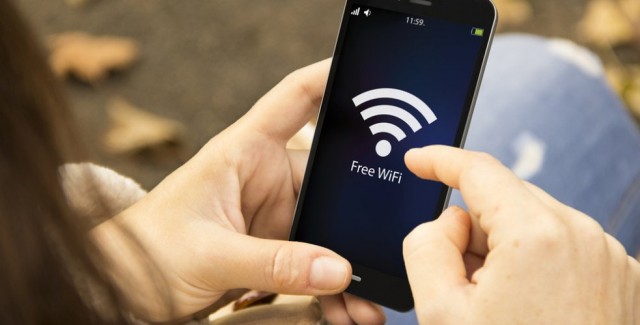
It’s no surprise that mobile data usage has exploded since smartphones transitioned from a luxury to a necessity. However, according to a recent Ericsson Mobility Report, internet usage in North America is also driven largely by mobile use.
According to the report, almost 80 percent of Canadians and Americans use a smartphone to go online weekly, and an even more inflated 95 percent of respondents use their smartphone to surf the web in their own homes.
Despite these high use rates, there is still some room for improvement as only 60 percent of respondents claim to be satisfied with their mobile web experience at school or work and just 55 percent of respondents are satisfied during their commute.
Furthermore, the United States and Canada represent approximately 5 percent of the world’s mobile subscriptions, totalling 395 million subscriptions in the first quarter of 2016. Of these, 55 percent are with LTE networks.
The report forecasts 450 million mobile data subscriptions by the year 2021, which will likely also see an LTE/5G penetration rate of 95 percent.
Smartphone data plans aren’t the only thing increasing in North America. Ericsson’s report also reveals that video and apps have become integral components of the smartphone experience. 40 percent of smartphone users report watching full length movies weekly, while social media apps have seen their usage increase by 50 percent.
While outlets continue to observe the massive penetration of smartphones around the world, the scope of smartphone use in developed countries is also widening dramatically. Initiatives such as the Internet of Things and 5G networks are just now being introduced and have already made a huge impact.
Cited as gaining major traction was the connected vehicle movement in both the United States and Canada. Cities are also taking advantage of IoT technology by deploying solutions like connected streetlights and smart meters. The report states that there will likely be 3 billion connected devices around the world by the year 2021.
In an additional development, carriers and service providers in the U.S. and Canada have begun to support 5G, which not only carries more traffic but provides faster speeds and lower latency. Running on 5G networks could support the imminent push towards connected devices by, for example, allowing connected cars to report accidents more efficiently.
Because 5G runs at approximately 10-100 times the speed of 4G, the possibilities for connected devices to improve upon issues like public safety and efficiency are significantly broadened.
[source]Ericsson[/source]
MobileSyrup may earn a commission from purchases made via our links, which helps fund the journalism we provide free on our website. These links do not influence our editorial content. Support us here.


